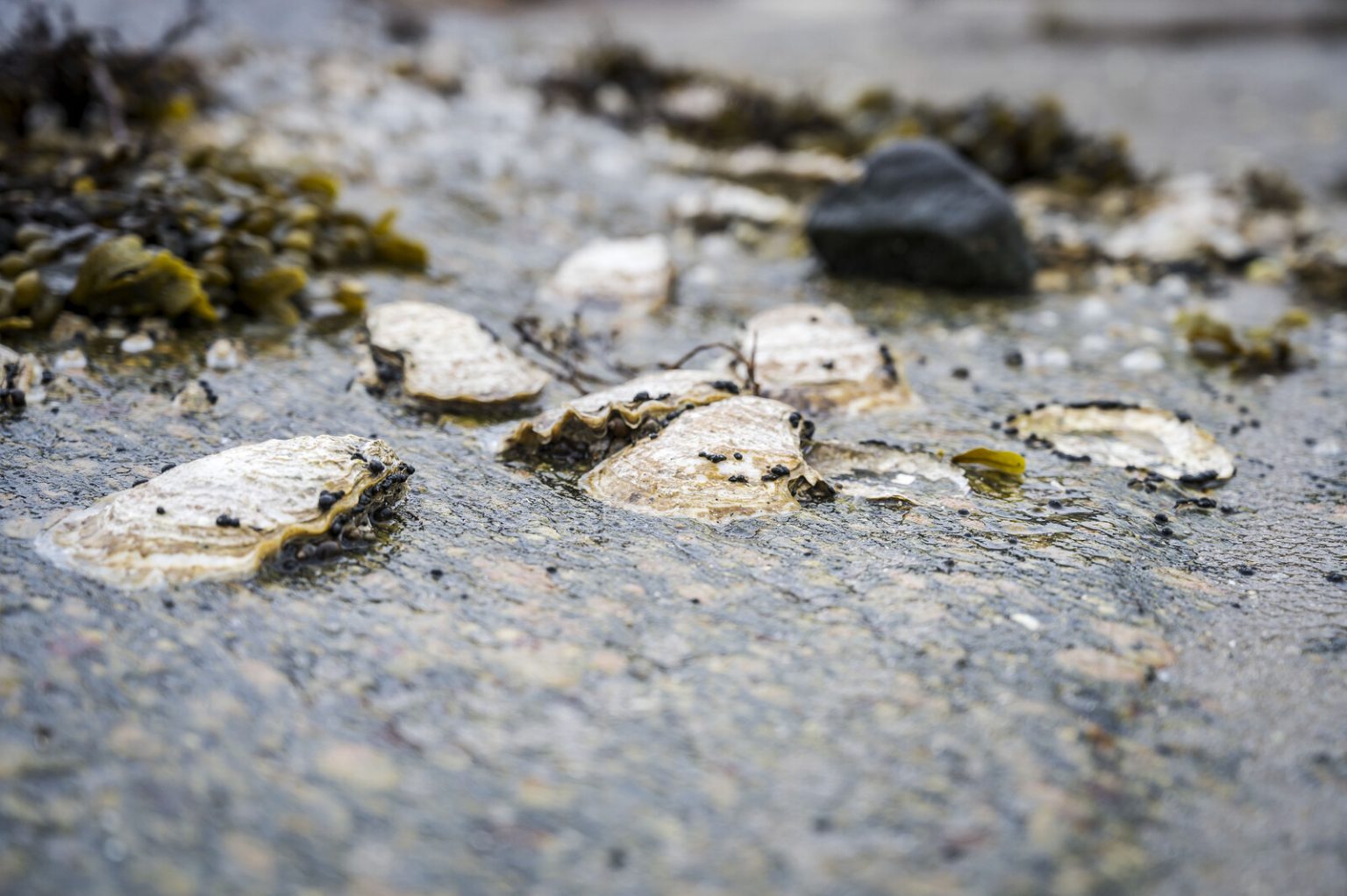Summarizing the Information on Pacific Oysters in Swedish
- Introduction
Pacific Oysters, also known as the Japanese giant oyster, have been introduced to Europe from their peaceful and peaceful southwest in Bohuslän. The article highlights their invasive status and significant impact along the Swedish coast. The oysters are not native to Sweden and have become a pressing issue in the region, posing both environmental and culinary risks. They are a invasive species that have spread across the west coast from Bohuslän, covering a wide area today. - Origin and Components
Pacific Oysters were initially discovered in the Basque Valley and are now known to inhabit various areas, including Västra Götaland, Bohuslän, Halland, and The Sound. The oysters have adapted to the Swedish environment, differing from traditional mussels. They are primarily found in approximately 500 square kilometers ofได. The traditional Japanese giant oyster, however, has specific habitat requirements, such as the northern parts of the bass, while the Pacific oyster, with its upward pointing head and sharp teeth, prefers the water’s edge and areas up to two meters below. - _spreading Mechanism
The Pacific Oyster originated in Bohuslän, which has been a major presence since the mid-19th century before swapping entirely for the Domestic Japanese giant in the early 20th century. These species were introduced into Europe viaflora trade routes. After being discovered in Sweden in 2006, they were observed spreading across the region. The extension of their habitat in Sweden was driven by currents from Western Europe, which carried them from Bohuslän to the Swedish coast. Their spread was particularly rapid, with some individuals covering a 100-meter stretch between Strömstad and Gothenburg today. - Impact and Risks
The Pacific Oyster poses numerous risks both to ecology and human civilization. On the environmental front, they are a significant finesse filter of plankton, acting as a salt-metering organism that maintains water quality. However, their presence also complicates the landscape, affectingns left-shore habitats and license sampling. The article warns that their presence might intensify Deadly diseases and alter local vegetation, disrupting local eco systems and human livelihoods in the region. - Current Distribution and Nutrients
Today, Pacific Oysters are found across the entire west coast of Sweden, specifically in the area of Strömstad and Gothenburg and neighboring areas such as Hemicskyyy, Byk fishermen, and Seven hundred and two. Their invasive nature has led to extensivelogging everywhere, which causes ecological damage, particularly to native habitats like the Bass captain’s boulder. The alarming presence of_PORTS like the SpeciesNZ on the Skåne coast is causing concern, depending on broader fears of ecotoxicity. - Protective Risks
Given the invasive status of Pacific Oysters, it is essential to be cautious of this unusual Japanese giant oyster, which resembles a SpeciesNZ. They are not native to Sweden or the Swedish region and pose thermometer-nocising risk due to their feeding habits. This species has defeated their natural predators, making them tightly MARIVEAN despite the usual species name indicating nativeorigin. - Conclusion
Pacific Oysters are more than just invasive species; they are a threat to the environment, ecosystem, and human civilization in Sweden and neighboring countries. This invasive is a vulnerable environmental stressor that threatens our peaceful and peaceful west coast. As we seek solutions, the key must be to be fully aware of this invasive species and take steps to mitigate its impact, ensuring the Swedish coast remains a productive and healthy environment for future generations. By doing both, we can not only protect native species but also help preserve the life and tourism of our region.













